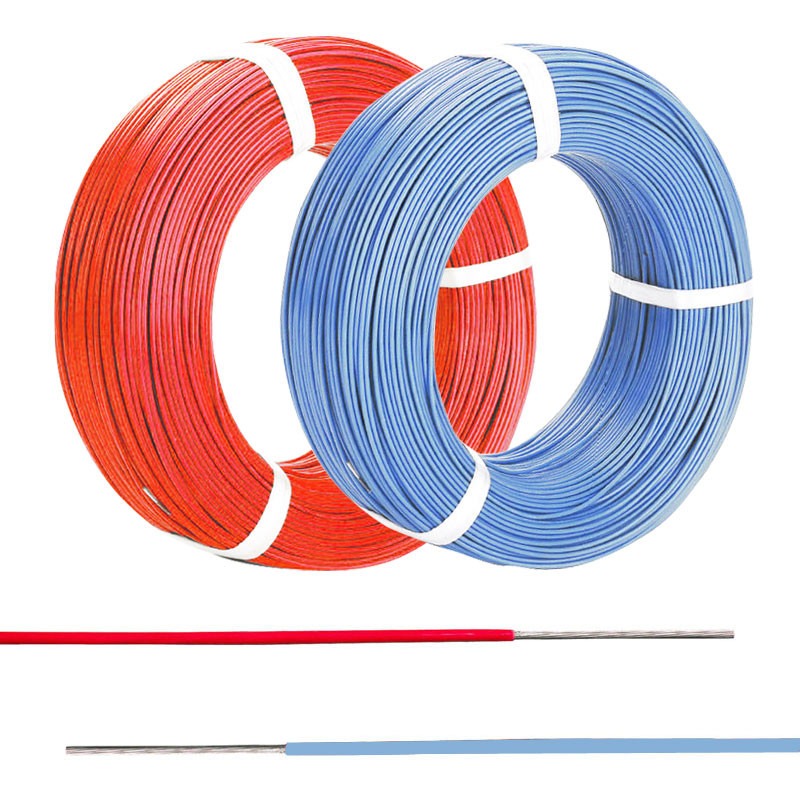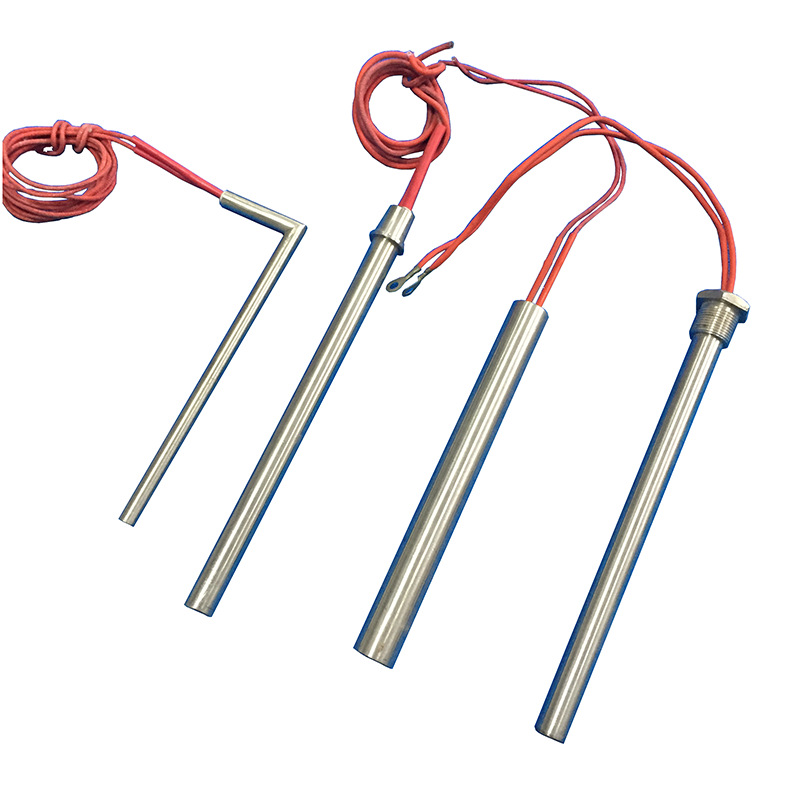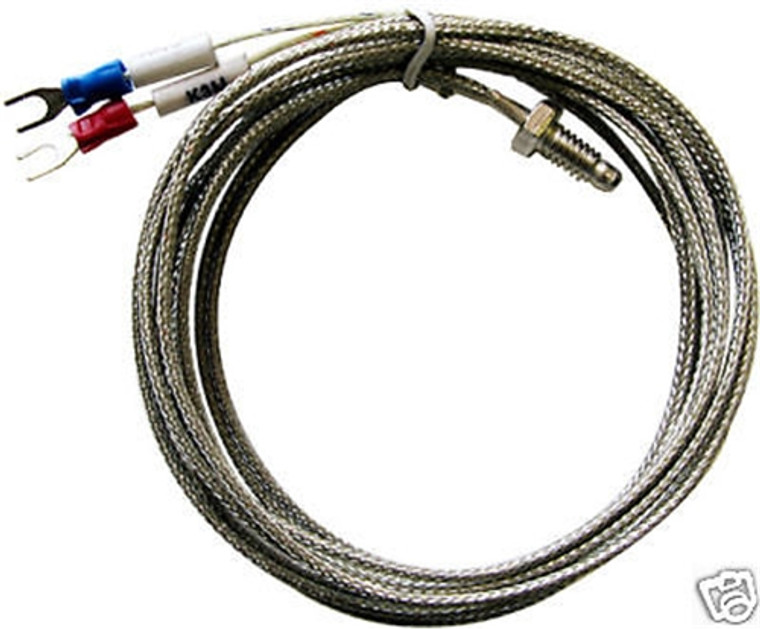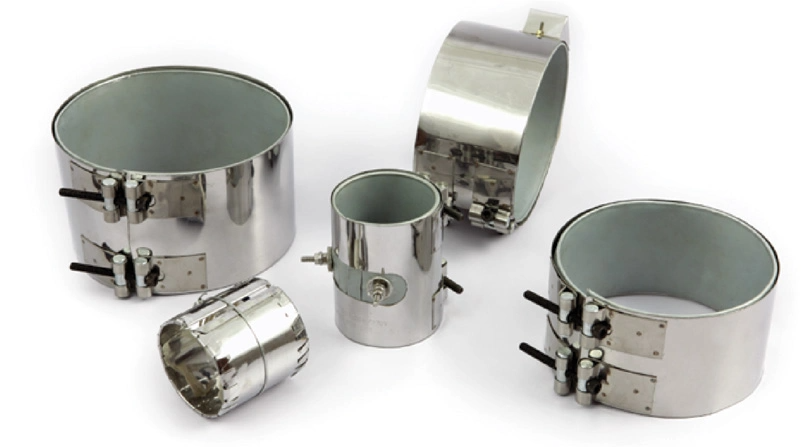Tubular heaters are popular for applications where compact and efficient heating is needed. They’re used in greenhouses, bathrooms, workshops, and even industrial cabinets. But a common question remains: how much electricity does a tubular heater need? Knowing the answer helps control energy consumption and reduce utility costs.
Wattage Ratings and Typical Use Cases Tubular heaters are manufactured in a wide range of wattages. The power requirement varies depending on the length, diameter, and material of the heater. The most common domestic tubular heaters are rated:
- 60W to 240W for single-room or localized applications
- 300W to 500W for continuous heating in small spaces
Industrial units often exceed 1000W, sometimes reaching 3000W or more.
Calculating Electricity Usage Electricity usage is typically calculated in kilowatt-hours (kWh), the standard billing unit used by utility companies. To calculate how much electricity a tubular heater needs, use this formula:
Energy Consumption (kWh) = Power (W) x Time (Hours) / 1000
Let’s say you’re using a 250W heater for 10 hours:
- 250 x 10 = 2,500 watt-hours
- 2,500 / 1000 = 2.5 kWh
If your electricity rate is $0.15 per kWh, that’s $0.375 per day in energy cost.
Monthly Estimate Example A 250W heater running 10 hours daily for 30 days:
- 2.5 kWh/day x 30 = 75 kWh/month
- 75 x $0.15 = $11.25/month
Power vs. Heat Output Efficiency Tubular heaters are nearly 100% efficient in converting electrical energy to heat. That means almost all the electricity drawn is used for warming the space. However, the effectiveness of that heat depends on:
- Room insulation quality
- Thermostat usage
- Heat loss through walls/windows
- External temperatures
Thermostats Save Energy One of the most effective ways to reduce electricity usage is by using a thermostat. It allows the heater to cycle on and off instead of running continuously. For example:
- A thermostat that maintains 20°C may reduce runtime by 30%-50%.
- This means a 250W heater could operate for just 5-7 hours instead of 10, reducing costs significantly.
Influencing Factors on Power Consumption Several elements affect how much power your heater consumes:
- Ambient Temperature: Colder environments require longer operation times.
- Heater Length & Surface Area: Longer tubes cover more area but also draw more power.
- Material Composition: Aluminum sheaths heat faster than stainless steel, affecting efficiency.
- Control Systems: Timers and thermostats help manage operation intelligently.
Energy Saving Tips
- Install Timers: Turn the heater off automatically during non-peak hours.
- Improve Insulation: Seal gaps and add weather stripping to retain heat.
- Use Reflective Panels: Place them behind the heater to direct heat into the room.
- Routine Maintenance: Clean dust and debris from the heater to maintain efficiency.
Industrial Applications and Power Needs In manufacturing and commercial sectors, tubular heaters are used for pipe heating, fluid warming, and freeze protection. Power needs scale dramatically:
- 5kW to 15kW systems are not uncommon.
- These systems often include multi-zone controls to reduce total power use.
For example, a 6kW system operating 8 hours a day uses:
- 6 x 8 = 48 kWh/day
- At $0.15 per kWh, that’s $7.20/day, or over $200/month
Cost vs. Utility Although the cost may seem high, tubular heaters are often preferred for their reliability and compact design. They’re used in places where radiant or convection heating isn’t practical. Their minimal maintenance and ability to deliver targeted heat make them cost-efficient long-term.
Safety and Compliance Ensure heaters comply with international standards like CE and UL. Safety features such as:
- Overheat protection
- Thermal cut-off switches
- Enclosure ratings (IP65, etc.)
…all contribute to safe operation and indirectly reduce wasteful power consumption.
Final Takeaway
The electricity required by a tubular heater depends on its wattage, usage pattern, and control features. Small domestic units typically use 1–2.5 kWh/day, while larger industrial systems can use 50 kWh/day or more. By applying intelligent controls and using efficient designs, users can balance performance with energy savings.














